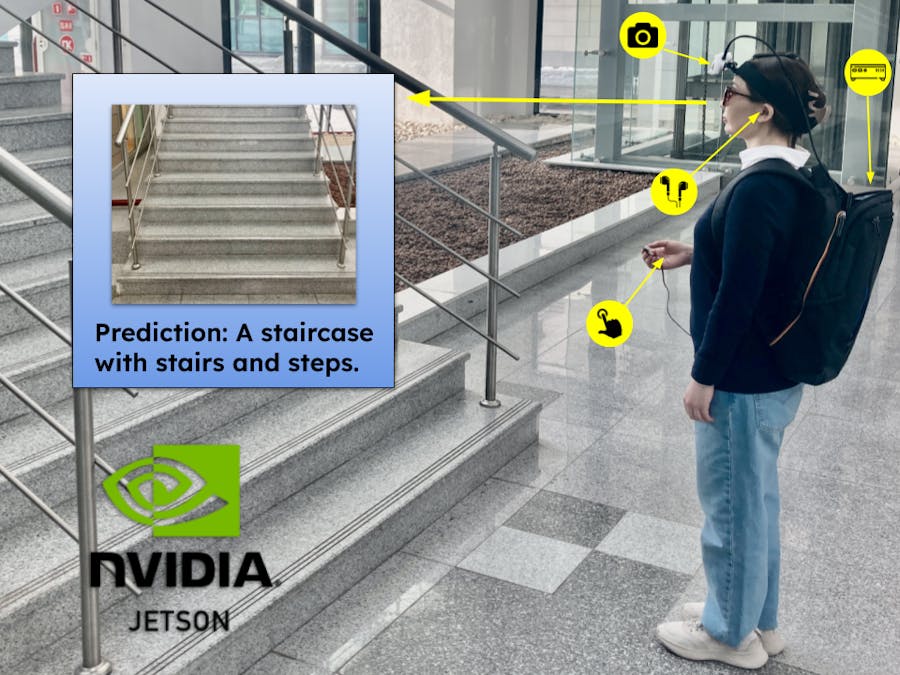
Improving Accessibility: Developing an Image Captioning System for the Visually Impaired
Share
Living with visual impairment or blindness can be challenging, especially when it comes to accessing visual content. However, recent advancements in artificial intelligence, particularly in image captioning, have made it possible for visually impaired individuals to access visual content with ease. In this article, we will discuss how image captioning works and how it can empower visually impaired and blind people.
What is Image Captioning?
Image captioning is the process of generating textual descriptions of images using computer vision and natural language processing techniques. The goal of image captioning is to enable machines to understand visual content and describe it in a way that humans can understand.Image captioning is achieved through the use of deep learning models that are trained on large datasets of images and their corresponding captions. These models learn to identify objects, people, and other visual elements in images and generate descriptions of them in natural language.
How Image Captioning Empowers Visually Impaired and Blind People
For visually impaired and blind people, image captioning technology can be incredibly empowering. It allows them to access visual content that they would otherwise be unable to understand. By providing accurate and descriptive captions, visually impaired individuals can better understand the content and context of images.Image captioning can also be used to provide additional information about images that may not be immediately obvious. For example, a caption may describe the emotions or actions of people in an image or provide details about the location or time of day.
Using Image Captioning Technology
There are many ways in which visually impaired and blind people can use image captioning technology. One common application is the use of screen readers, which are software programs that read text displayed on a computer screen aloud. By using image captioning technology, screen readers can provide visually impaired individuals with a description of the images on a webpage.
Another application of image captioning technology is in mobile apps designed for the visually impaired. These apps use the camera on a smartphone or tablet to capture an image and generate a description of the image using image captioning technology. This allows visually impaired individuals to access visual content while on the go.
Image captioning technology has the potential to greatly empower visually impaired and blind people by allowing them to access visual content with ease. By providing accurate and descriptive captions, visually impaired individuals can better understand the content and context of images. As image captioning technology continues to advance, it is likely that we will see even more applications that will further empower visually impaired and blind people.
Original Article: hackster.io

